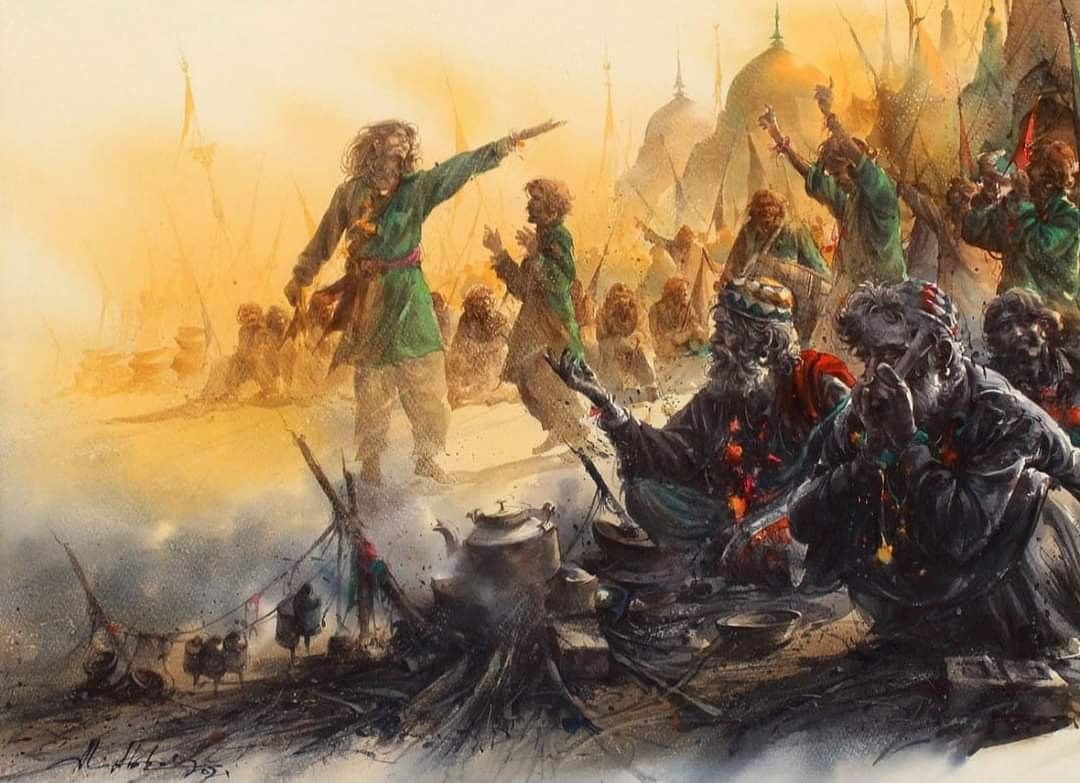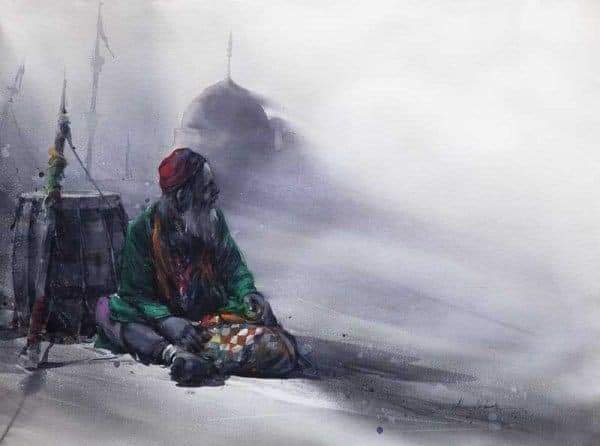~Dr.Uzma Khatoon

Urf, an integral concept in Islamic jurisprudence, represents the collective practices and customs recognized as commendable by a society. The term originates from the Arabic root meaning “to know” and embodies the idea of societal knowledge that is both familiar and good. Within the Islamic legal tradition, ‘urf serves as a secondary source of law, subordinate to the Qur’an and Sunnah, but significant in its role as a mediator between divine principles and human contexts. By incorporating beneficial local practices that align with Islamic values, ‘urf allows Islam to adapt to diverse cultural settings without compromising its core tenets. Understanding ‘urf is essential to appreciating how Islam embraces regional customs, particularly in a multicultural society like India.
The importance of ‘urf in Islamic legal theory is evident in its relationship with the primary sources of Islamic law. The Qur’an itself mentions the term, most notably in verse 7:199, which states: “Keep to forgiveness and enjoin ‘urf and turn away from the ignorant.” This verse is often cited as a foundational text for the legal concept of ‘urf. Furthermore, the Sunnah of the Prophet Muhammad contains examples of him acknowledging and incorporating local customs into his rulings, provided they did not contradict Islamic principles.
In practice, ‘urf serves multiple functions within Islamic law. It is used to interpret and apply Qur’anic injunctions that are not explicitly detailed, such as the command for husbands to provide for their wives “bil ma’rūf” (according to what is known to be good). Jurists interpret this to mean “according to common standards in comparable situations”. ‘Urf also plays a crucial role in areas where the primary sources are silent, providing guidance for Islamic practice that is culturally relevant and socially acceptable.
The concept of ‘urf has evolved over time in Islamic legal theory. Initially incorporated through methods such as qiyās (analogical reasoning) and istidlāl (inference), it gradually gained recognition as an independent secondary source of law. This elevation allowed jurists greater flexibility in adapting Islamic law to different social and cultural contexts while preserving its core identity.

When Islam spread to India, it encountered a civilization with deeply entrenched traditions, rituals, and spiritual philosophies. The richness of Indian culture, marked by its pluralism and diversity, required an approach that could harmonize Islamic principles with the local way of life. Here, the concept of ‘urf proved indispensable. Islamic scholars and practitioners recognized the need to engage with Indian customs, adapting their interpretations of Islamic laws to accommodate regional practices. This flexibility was not a dilution of Islam but rather a testament to its universality and inclusivity.
For Indian Muslims, the coexistence of their religious identity with their cultural heritage has been a defining feature. Unlike the perception that becoming Muslim required abandoning one’s cultural roots, the historical reality in India shows a harmonious blending of the two. Indian Muslims retained their pre-Islamic customs in marriage, clothing, cuisine, and festivals as long as these customs did not conflict with Islamic principles. For instance, wedding rituals among Indian Muslims often include elements like the ‘mehendi’ ceremony, a tradition rooted in Indian culture but embraced as part of Muslim matrimonial celebrations. Similarly, culinary practices such as the use of spices and the preparation of festive dishes like biryani reflect a synthesis of Islamic dietary laws with Indian culinary traditions.
The role of ‘urf becomes even clearer when we examine the practices of Sufi saints in medieval India. Sufism, with its emphasis on spirituality and personal connection to the divine, resonated deeply with Indian sensibilities. Sufi saints like Khwaja Muinuddin Chishti, Nizamuddin Auliya, and others adopted local languages, engaged with regional art forms, and participated in Indian customs. Their dargahs became centres of spiritual and cultural confluence, where people from different religious backgrounds gathered for solace and blessings. These spaces did not dilute the Islamic message but instead made it accessible and relatable to a diverse population. This approach reinforced the idea that Islam could embrace and thrive within a pluralistic society.
‘Urf is not just a historical artefact but a living principle that continues to influence the practices of Indian Muslims today. It provides a framework for integrating their faith with the cultural nuances of the region. The practice of celebrating festivals such as Muharram in a uniquely Indian style, with tazia processions resembling local cultural parades, illustrates this synthesis. Similarly, the architectural styles of Indian mosques, which incorporate local aesthetics alongside Islamic designs, reflect how ‘urf shapes the physical and spiritual landscape of Indian Islam.

Understanding ‘urf also helps dispel the misconception that Islam imposes a monolithic culture wherever it spreads. Instead, it highlights the religion’s adaptability and respect for diversity. The incorporation of local customs into Islamic practice, as facilitated by ‘urf, allows Indian Muslims to maintain their cultural identity while adhering to their religious obligations. This duality is not a compromise but a celebration of the universality of Islamic values, which transcend linguistic, ethnic, and cultural boundaries.
The adaptability of ‘urf has profound implications for contemporary Indian society. At a time when cultural and religious identities are often viewed in opposition, the example of ‘urf offers a blueprint for coexistence. It demonstrates that cultural diversity is not a threat to religious identity but an enrichment of it. For Indian Muslims, their customs and traditions are not barriers to their faith but bridges that connect them to their heritage and community. The practice of observing Indian customs within an Islamic framework underscores the compatibility of the two, offering a powerful counter-narrative to divisive ideologies.
The evolution of ‘urf within Islamic legal thought also provides insights into how Indian Muslims navigate their cultural and religious obligations. Islamic jurists have long emphasized the importance of understanding local customs when interpreting and applying Islamic laws. This principle ensures that the spirit of the law is upheld while allowing flexibility in its implementation. For instance, the way dowries are negotiated and exchanged in Indian Muslim marriages reflects a blend of Islamic principles and regional practices. The emphasis on fairness and mutual consent in such arrangements aligns with Islamic teachings, while the specific customs vary according to local traditions.
Moreover, the role of ‘urf in shaping Indian Muslim identity highlights the broader philosophy of Islam regarding cultural integration. The religion’s primary sources, the Qur’an and Sunnah, emphasize principles like justice, compassion, and community welfare. ‘Urf serves as a tool to apply these principles in diverse cultural settings, ensuring that Islam remains relevant and rooted in the lived experiences of its followers. This approach is particularly evident in the way Indian Muslims celebrate their festivals, participate in community life, and engage in interfaith dialogues, often drawing on regional traditions to enhance their practices.
The concept of ‘urf is central to understanding how Islam interacts with regional cultures, particularly in a diverse society like India. It illustrates the religion’s capacity to embrace and incorporate local customs, creating a harmonious blend of faith and culture. For Indian Muslims, ‘urf provides the framework to practice their religion authentically while honouring their cultural heritage. This dual identity is not a contradiction but a testament to the inclusivity and adaptability of Islamic principles. By appreciating the role of ‘urf, we can better understand the unique trajectory of Indian Islam and its contribution to the broader narrative of cultural coexistence and religious harmony.
Dr. Uzma Khatoon has taught at the Aligarh Muslim University.




